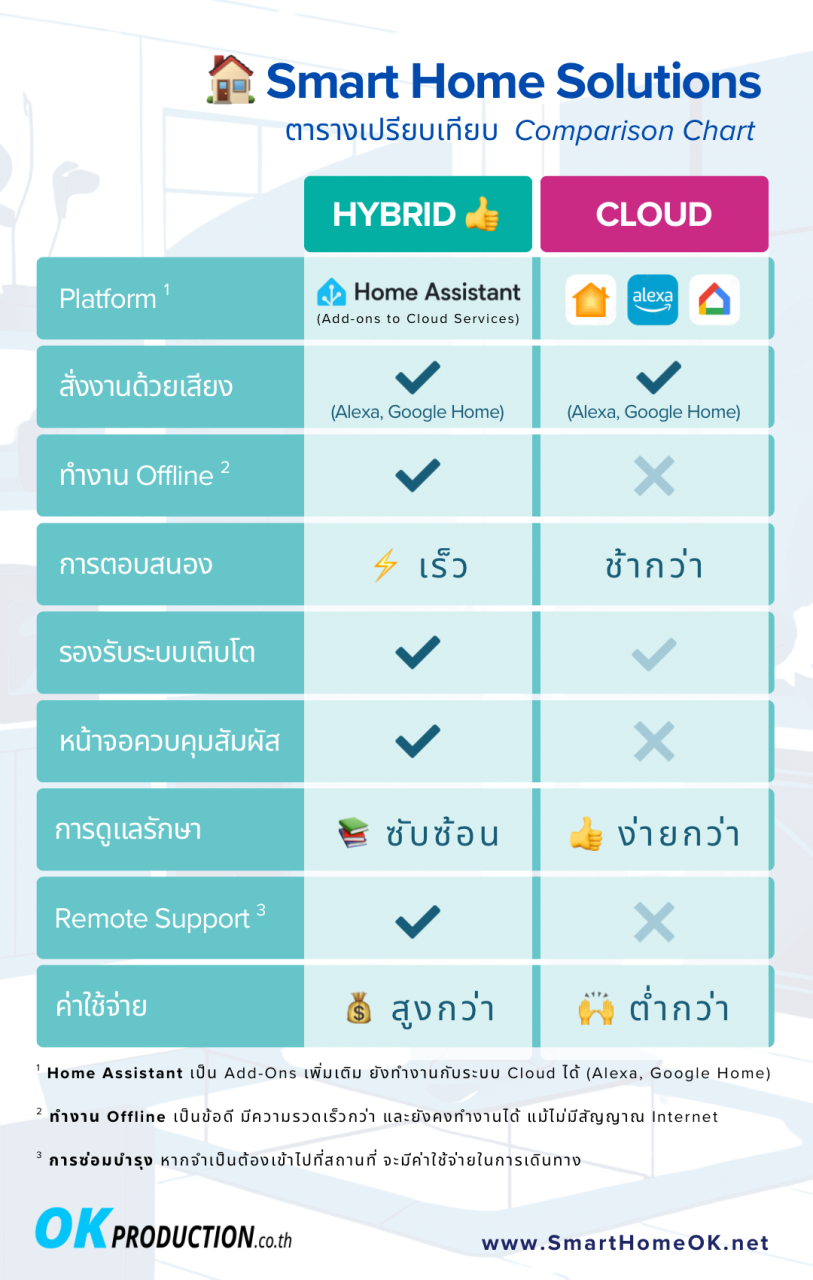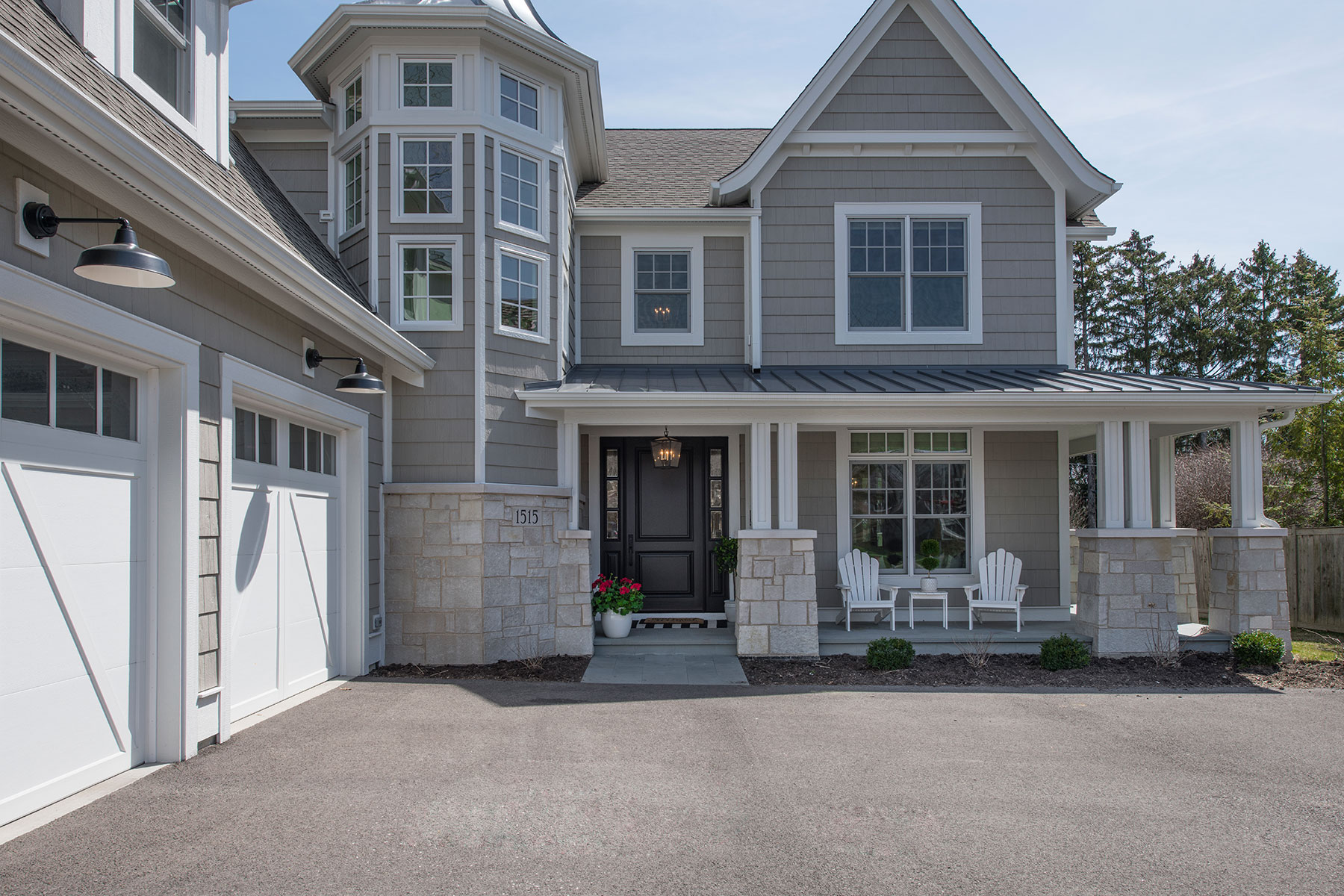The home appliance industry, often considered the unsung hero of daily life, is anything but static. Far from being mere functional tools, modern home appliances have become sophisticated, connected, and increasingly integral to our lifestyles, health, and well-being. From refrigerators that manage grocery lists to washing machines that optimize cycles based on fabric type, the sector is experiencing a profound transformation driven by technological advancements, shifting consumer demands, and a heightened awareness of sustainability. This article delves into the most significant news and trends shaping the home appliance industry, exploring the innovations, challenges, and future trajectory of this dynamic market.
The Smart Home Revolution: Connectivity as the New Standard
Perhaps the most dominant narrative in the home appliance industry is the relentless march towards connectivity and smart home integration. What began as a niche offering has now become a mainstream expectation, with manufacturers vying to create seamless ecosystems that simplify daily chores and enhance convenience.
IoT Integration and AI: The Internet of Things (IoT) is the backbone of this revolution. Appliances are no longer isolated units but communicate with each other, with users, and even with external services. Refrigerators can identify expiring food items, suggest recipes, and automatically reorder groceries. Ovens can preheat remotely and adjust cooking times based on AI-driven predictions. Washing machines can select optimal cycles based on load size and dirt levels, while robot vacuums map homes for efficient cleaning and can be controlled via voice commands or smartphone apps.
Voice Control and Personalization: The proliferation of smart assistants like Amazon Alexa, Google Assistant, and Apple Siri has made voice control a fundamental feature. Users can now command their appliances hands-free, further embedding these devices into the smart home ecosystem. Beyond basic commands, AI is enabling unprecedented levels of personalization, learning user preferences and habits to proactively suggest actions or optimize settings.
Challenges and Opportunities: While the promise of a fully integrated smart home is alluring, challenges remain. Interoperability between different brands and platforms is still a hurdle, though initiatives like Matter aim to standardize connectivity. Data privacy and cybersecurity are also paramount concerns, with manufacturers investing heavily to protect sensitive user information. Despite these challenges, the market for smart appliances continues its upward trajectory, driven by consumers’ desire for convenience, energy efficiency, and a truly connected living experience.
Sustainability and Energy Efficiency: A Non-Negotiable Imperative
In an era of increasing environmental consciousness, sustainability has moved from a desirable feature to a core requirement for home appliances. Consumers are more informed about their carbon footprint, and regulatory bodies worldwide are implementing stricter energy efficiency standards.
Eco-Friendly Design and Materials: Manufacturers are responding by designing appliances that consume less energy and water, utilize recycled and recyclable materials, and minimize waste throughout their lifecycle. Innovations include inverter technology in compressors and motors for reduced energy consumption, heat pump dryers that reuse warm air, and advanced insulation techniques in refrigerators.
Water Conservation: For laundry and dishwashing appliances, water efficiency is a key focus. Technologies like sensor-driven load detection, variable wash cycles, and optimized spray patterns significantly reduce water usage without compromising cleaning performance.
Longevity and Repairability: A growing trend is the emphasis on appliance longevity and repairability. The "right to repair" movement is gaining traction, pushing manufacturers to design products that are easier to fix, provide access to spare parts, and offer clear repair instructions. This not only reduces electronic waste but also offers consumers a more sustainable and cost-effective long-term solution. Brands that champion durability and offer extended warranties are finding favor with environmentally conscious consumers.
Health, Wellness, and Hygiene: A Post-Pandemic Priority
The global pandemic fundamentally shifted consumer priorities, placing a heightened emphasis on health, wellness, and hygiene within the home. This has translated into a surge in demand for appliances that contribute to a cleaner, safer, and healthier living environment.
Air and Water Purification: Air purifiers, once considered a niche product, have become mainstream, offering advanced filtration systems (HEPA, activated carbon, UV-C) to combat allergens, pollutants, viruses, and bacteria. Similarly, advanced water filtration systems, both built into refrigerators and standalone units, are gaining popularity, addressing concerns about tap water quality.
Enhanced Cleaning and Sterilization: Appliances now feature advanced hygiene functions. Washing machines come with steam cycles for sanitization, while dishwashers offer high-temperature washes and UV sterilization. Even ovens are incorporating self-cleaning pyrolytic functions and steam cooking for healthier meal preparation.
Touchless Technology: For germ-conscious consumers, touchless features are becoming increasingly desirable. Sensor-activated faucets, voice-controlled appliances, and pedal-operated trash cans minimize physical contact, contributing to a more hygienic home environment. The focus on food preservation has also intensified, with advanced refrigeration technologies that keep produce fresher for longer, reducing waste and promoting healthier eating habits.
Design, Premiumization, and Personalization: Appliances as Aesthetic Statements
Beyond functionality, home appliances are increasingly viewed as integral elements of interior design. This has fueled a trend towards premiumization, where aesthetics, material quality, and bespoke options play a crucial role.
Integrated and Seamless Design: The move towards open-plan living has spurred demand for appliances that seamlessly blend into kitchen and home aesthetics. Built-in appliances, panel-ready refrigerators, and minimalist designs that hide controls are popular. Color palettes are expanding beyond traditional white, black, and stainless steel to include matte finishes, pastels, and even custom colors.
Luxury and Professional-Grade Appliances: The luxury segment continues to thrive, with brands offering high-end, professional-grade appliances that boast superior performance, exquisite craftsmanship, and advanced features. These often feature premium materials like brushed brass, custom hardware, and intuitive digital interfaces.
Personalization and Customization: Consumers are seeking appliances that reflect their personal style. This includes modular designs that allow for flexible configurations, customizable finishes, and smart features that adapt to individual preferences. The appliance is no longer just a tool; it’s an extension of the homeowner’s personal brand and lifestyle.
Supply Chain Dynamics and Manufacturing Innovations
The home appliance industry, like many others, has been significantly impacted by global supply chain disruptions, chip shortages, and fluctuating raw material costs in recent years.
Resilience and Diversification: Manufacturers are actively working to build more resilient supply chains, diversifying sourcing, increasing inventory levels, and exploring nearshoring or reshoring manufacturing operations to reduce reliance on single regions. The ongoing geopolitical tensions also play a role in these strategic shifts.
Industry 4.0 and Automation: To combat labor shortages and increase efficiency, factories are embracing Industry 4.0 principles, including advanced automation, robotics, AI-driven quality control, and predictive maintenance. This not only streamlines production but also enhances product quality and consistency.
Impact on Pricing: The confluence of supply chain issues, rising energy costs, and inflationary pressures has inevitably led to price increases across the board. Manufacturers are balancing the need to absorb some costs with passing others onto consumers, leading to a dynamic pricing environment.
E-commerce Growth and Shifting Retail Landscapes
The way consumers research and purchase home appliances has undergone a dramatic transformation, with e-commerce playing an increasingly vital role.
Online Dominance: The pandemic accelerated the shift to online shopping for even large, high-ticket items like appliances. Consumers are now comfortable researching specifications, reading reviews, comparing prices, and making purchases from the comfort of their homes. Manufacturers and retailers have invested heavily in robust e-commerce platforms, virtual showrooms, and augmented reality tools to enhance the online shopping experience.
Omni-channel Approach: While online sales are booming, physical retail still holds importance for consumers who want to see, touch, and feel appliances before making a significant investment. This has led to an emphasis on an omni-channel approach, where online and offline experiences are seamlessly integrated, offering options for in-store pickup, online ordering with home delivery and installation, and expert advice both digitally and in person.
Direct-to-Consumer (D2C) Models: Some appliance brands are exploring direct-to-consumer sales, allowing them greater control over branding, customer experience, and pricing, while also gathering valuable direct feedback from their customer base.
Economic Headwinds and Consumer Spending
The current global economic climate, characterized by high inflation, rising interest rates, and the potential for recession, presents both challenges and opportunities for the home appliance industry.
Discretionary Spending: Large appliance purchases are often discretionary, and consumers may defer replacements or opt for more budget-friendly models during economic downturns. This could lead to a slowdown in market growth, particularly in the premium segment.
Repair vs. Replace: With tighter budgets, consumers might be more inclined to repair existing appliances rather than replacing them, further supporting the "right to repair" movement and creating opportunities for aftermarket service providers.
Resilience of Essentials: However, essential appliances still need replacing when they break down, providing a baseline demand. Furthermore, the push towards energy-efficient models can be seen as a long-term cost-saving measure, potentially attracting consumers even in challenging economic times. The luxury segment, catering to higher disposable incomes, may also demonstrate more resilience.
Conclusion: A Future Defined by Innovation and Adaptation
The home appliance industry is a vibrant and continually evolving sector, at the intersection of technology, design, and daily living. From the intelligence of smart connectivity and the imperative of sustainability to the growing focus on health, wellness, and bespoke design, the industry is responding to a complex tapestry of consumer needs and global challenges.
Manufacturers are navigating supply chain complexities, economic volatility, and a rapidly changing retail landscape with continuous innovation. The future promises even more intuitive, efficient, and aesthetically pleasing appliances that seamlessly integrate into our homes, making our lives easier, healthier, and more connected. As the heart of the home continues to evolve, the home appliance industry remains a critical barometer of technological progress and shifting societal values. Those companies that can effectively adapt, innovate, and prioritize the holistic needs of the modern consumer will undoubtedly lead the way into the next era of home living.

